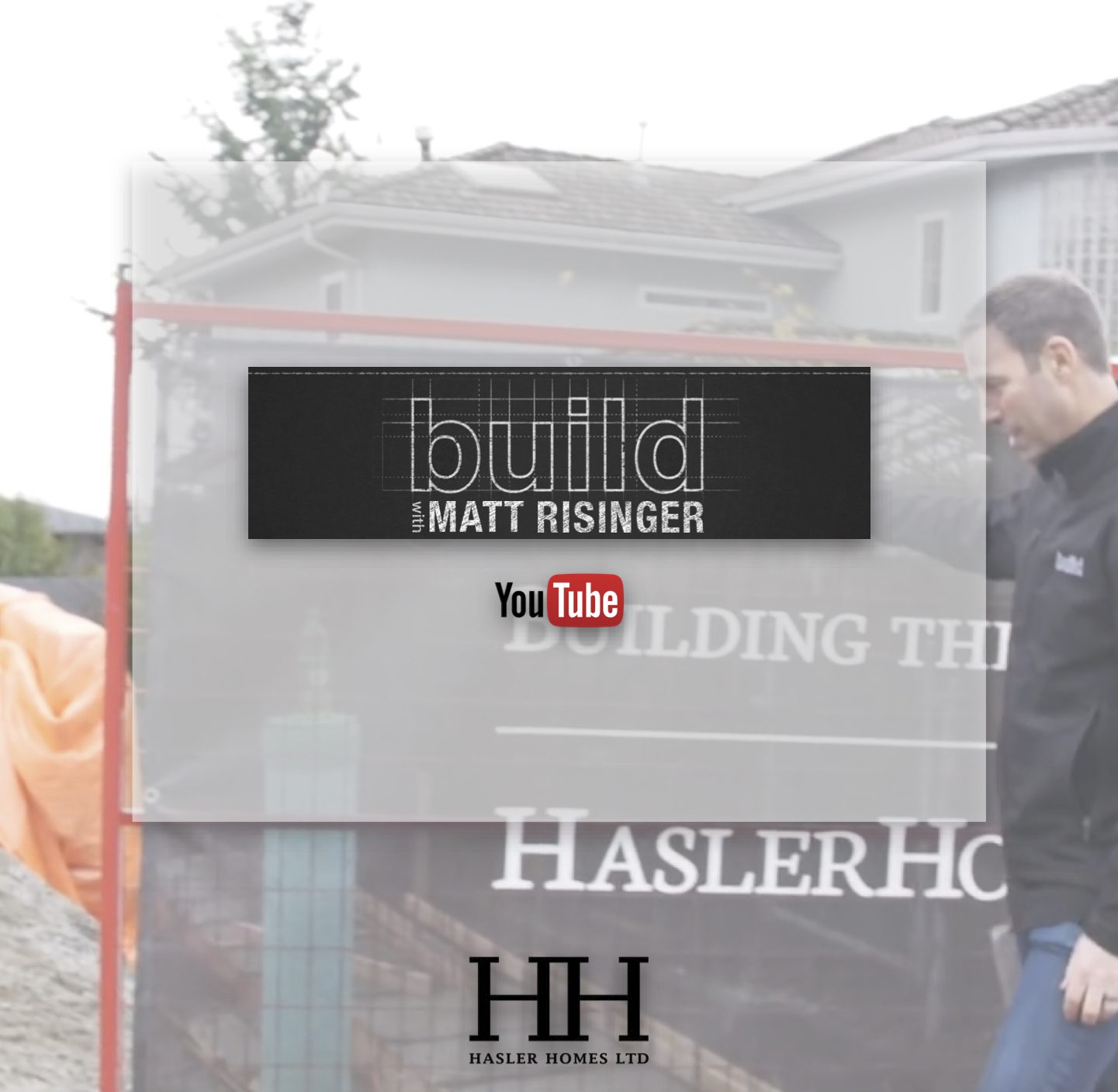Common Construction Terms and What They Mean
Architect
The layout and structural design of your project will be planned by an architect. The architect will then work with your builder to bring your vision to life, and see the project throughout to the point of occupancy. With new builds, there is no option, this is mandatory. For renovations, you may require an architect if you are moving walls, or adding space, but if its just a surface renovation, you may not need one at all. Your general contractor will be able to guide you in the right direction once you meet. A common mistake is people assuming an architect is also a designer. You’ll sometimes find interior designers that have there degree in architecture, so in that case, you’ll only need one person. But if your architect is purely dedicated to structural and layout, an interior designer would be quite helpful in the process.
Interior Designer
“Interior design is the art and science of enhancing the interior of a home to achieve a more aesthetically pleasing environment.” An interior designer is someone who works closely with the homeowner to learn, or sometimes, discover what their style is. Then the interior designer will compile ideas, present them, and create a final spec book for the clients contractors to work from. The contractor will take on the ordering of everything because their project coordinator will be making sure the materials come in when the project requires them. Sometimes, interior designers also have there architect degree so in that case they can assist in any structural changes as well which is handy.
Building Envelope
The building envelope includes all the building components that separate the indoors from the outdoors. Building envelopes include the exterior walls, foundations, roof, windows and doors. The performance of the building envelope is impacted by a number of sub‐systems, such as heating, cooling and ventilating equipment, plumbing and electrical systems. The interaction of the sub‐systems with the components of the building envelope, as well as certain activities of the occupants, can affect the performance of the building envelope.
Blower Door Test
A blower door is a powerful fan that mounts into the frame of an exterior door. What happens is that the fan pulls air out of the house, lowering the air pressure inside. The higher outside air pressure then flows in through all unsealed cracks and openings. The auditors may use a smoke pencil to detect air leaks. These tests determine the air infiltration rate of a building.
Blower doors consist of a frame and flexible panel that fit in a doorway, a variable-speed fan, a pressure gauge to measure the pressure differences inside and outside the home, and an airflow manometer and hoses for measuring airflow.
There are two types of blower doors: calibrated and uncalibrated. It is important that auditors use a calibrated door. This type of blower door has several gauges that measure the amount of air pulled out of the house by the fan. Uncalibrated blower doors can only locate leaks in homes. They provide no method for determining the overall tightness of a building. The calibrated blower door’s data allow the auditor to quantify the amount of air leakage and the effectiveness of any air-sealing job.
Our Energy Advisor is on site for each test.
Framing
Framing, in construction, is the fitting together of pieces to give a structure support and shape. Framing materials are usually wood, engineered wood, or structural steel. Typically we are hired to do wood framed homes with steel beams. Recently though we did our first Bone Structure homes. Bone Structure makes pre fabricated steel based on the final plans. Exterior walls, interior partitions and the roof are assembled. This usually means erecting a framing skeleton and applying an exterior sheeting; or another framing technique may be used. Once the house is fully framed, windows and doors are installed. Then, the builder’s aim is to get to “lock-up” where it is closed as quickly as possible to protect the structure from the elements. The basement floor is installed. Electrical and plumbing services are roughed in, and ducting for heating, cooling and ventilation is put in place. At this time, your municipality will probably require a structural inspection to ensure that the home meets all building code requirements. Electrical and plumbing inspections will likely be conducted as well.
Roughing-In
The initial stage of a plumbing, electrical, heating, carpentry, and/or other pro- ject, when all components that won’t be seen after the finishing phase are assembled in the correct spaces, but not connected. For example, for plumbing, you would install all the pipes in the walls and floors that leads to the sinks, bath, toilets, etc, but not actually hooking up the fixtures until construction requires it.
R Value
HVAC
HVAC is short for heating, ventilation, and air conditioning. The system is used to provide heating and cooling services to buildings. HVAC systems have become the required industry standard for construction of new buildings. Before the creation of this system, the three elements were usually split between three or more devices.
Milwork
Millwork building materials include the ready-made carpentry elements usually installed in any building. Many of the specific features in a space are created using different types of architectural millwork: doors, windows, transoms, sidelights, moulding, trim, stair parts, and cabinetry to name just a few. The primary material used in millwork items today are most often produced from softwood or hardwood lumber. Other materials used in millwork products include medium-density fibreboard, finger-jointed wood, composite materials, particle board and fiberglass. Some millwork products like doors, windows and stair parts also incorporate the use of steel, stainless, aluminum and various glass options.
Damproofing
Dampness is among the most common construction problems, damp proofing is a procedure done to the structure to prevent potential moisture from being absorbed by walls and entering the interior. Depending on the nature of the structure and the damp problems it might face, a wide variety of materials can be applied onto the slab, under the final finishing, or even as a surface to act as damp proofing and prevent any spoilage.Built GreenBuilt Green is a standard of building that we follow to ensure that the homes that we build are keeping with our standards of building high performance custom homes. The association was started by builders, for builders. Find out more here.FoundationA change order is pretty self explanatory. That being said, when you are hiring a contractor make sure they have a written process for change orders.
When you first agree to your contract, it will include most all of the details of you new home or reno. Then when you or you designer make any ajes.



